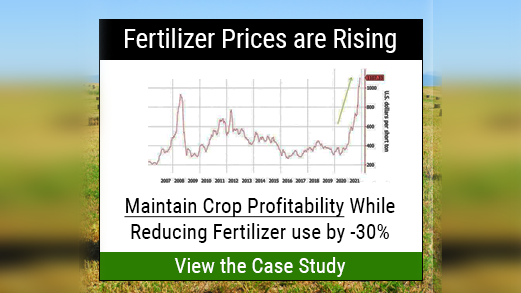5 Facts You Might Not Know About the Farm Workforce Modernization Act
Across the country, a growing number of specialty crop producers are turning to the H-2A guest worker program to find the labor that they need. But the best available solutions — like H-2A, or using farm labor contractors — bring their own headaches, costs, and risks. Finally, some help may be on the horizon in the form of federal legislation: the Farm Workforce Modernization Act (FWMA).
This bill already passed the House and is now in the hands of the Senate. It could make a meaningful difference for many farmers and workers, but it needs a serious push from growers like you to get it across the finish line.
Here are five things you need to know and one action you can take now:
Where did this bill come from? The FWMA is a bipartisan bill. Reps. Zoe Lofgren (D-CA) and Dan Newhouse (R-WA) introduced it in 2021, and the legislation passed the House of Representatives with 217 Democratic and 30 Republican votes. It now sits in the Senate, where it needs 60 votes to pass.
Who supports it? A wide range of organizations and folks from across the political spectrum support passage of the FWMA. This includes farmworker and immigration advocacy groups like Farmworker Justice; farmers and industry leaders from around the country like Western Growers, the U.S. Apple Association, the Ohio Dairy Producers Association, the National Council of Farmer Cooperatives, the U.S. Apple Association, the National Milk Producers Federation, Tyson Foods, and the International Fresh Produce Association; and the Cato Institute, a conservative think tank.
What’s in the bill? This is a large and complex piece of legislation, but it covers three main things: streamlining and adding flexibility to the H-2A agricultural worker visa program; creating a path to legal immigration status and eventually citizenship for undocumented farmworkers; and requiring E-Verify employment eligibility screening for agricultural employers but providing undocumented workers pathways to comply
How would the FWMA help growers and workers? Changes to the H-2A program would make it easier for both growers and workers to navigate, reducing costs for growers and increasing the number of employers and workers who can participate.
The FWMA would create 20,000 year-round visas each year, and potentially more in the future, creating a new labor pool for year-round farmers who can’t make use of the seasonal visas currently offered. In addition, one challenge for growers is the requirement to provide housing for H-2A workers. The bill also includes funding to help growers with housing costs.
Does this bill really have a chance? The FWMA passed the House last year but is currently stuck in the Senate. It has bipartisan support, but not enough Republicans have signed on to put it over the 60 votes needed to pass. While many state and local farm lobby groups are behind the bill, the American Farm Bureau Federation is against it for now — though this could change with enough pressure from growers. Latest reports from Washington are that the best chance for the bill to move forward will be in the lame-duck session after the November election— but this will require a serious push from farmers across the nation.
Learn more in this post from Ganaz.









